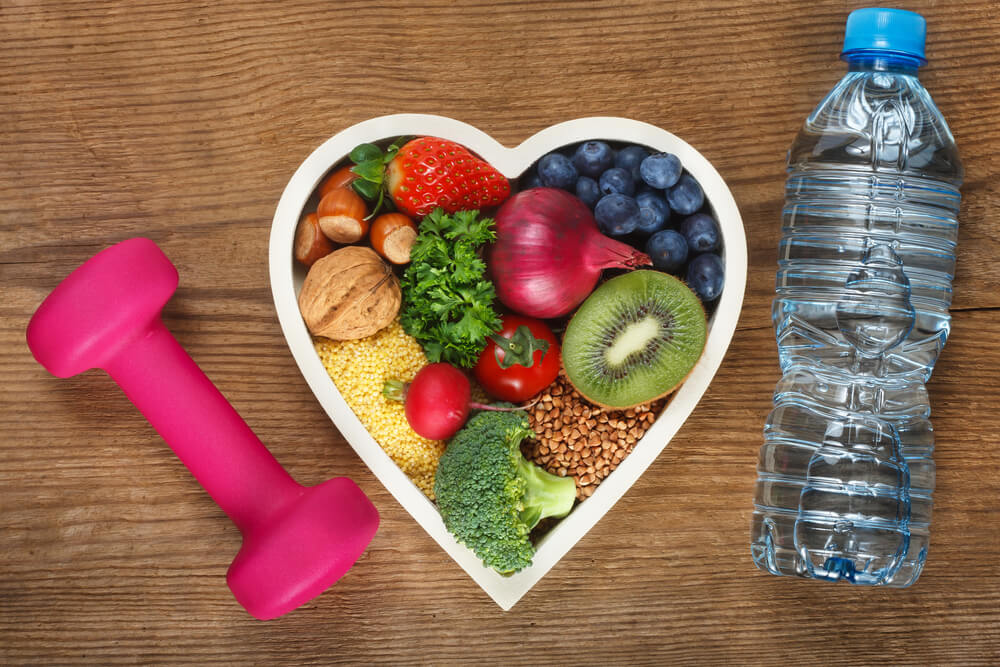The size of a fist and beating, an average of 115,000 times a day, our hearts are one of the hardest working parts of our bodies. While it’s a powerful muscle, the heart is also susceptible to disease, particularly as we get older.
Heart facts to consider
As we age, fatty deposits can build up inside in the heart and the arteries can stiffen leading to high blood pressure. According to the National Institute on Aging, adults age 65 and older are far more likely than younger people to develop heart disease, have a heart attack, suffer heart failure, or have a stroke.1
Heart disease is the number one killer in America and a leading cause of disability too.2 A study by the Center for Disease Control shows that one in every four deaths in the U.S. is caused by cardiovascular disease. 3
Why such a high rate?
A big part of the blame goes to Americans’ sedentary lifestyles and diet. Our propensity for fast food, sugary drinks, and highly processed foods are key contributors to heart disease and other associated risk factors including diabetes and obesity.4 One study shows that about 72% of cardiovascular disease deaths are attributable to a poor diet.5 Other factors such as smoking and lack of exercise only compound the problem.
There is good news
Some relatively simple dietary changes can have a dramatic impact not just on heart health, but also on overall health and well-being. Certain foods help lower cholesterol levels, blood pressure, and inflammation in the body, all of which contribute to heart disease.
Try these four swaps for a more heart healthy diet
Swap 1: Switch fats
All fats aren’t created equal. Many animal proteins are full of saturated fat, dietary cholesterol, and trans fats which are all bad for your heart. Add monounsaturated fats and omega-3 fatty acids — heart healthy “good fats” — to your diet instead. You’ll find them in nuts, avocados, fatty cold-water fish like salmon, and olive, peanut and sunflower oils.6
Swap 2: Eat the rainbow
Rather than filling your plate with carbohydrates and meat, focus on filling it with colorful, fresh plant-based foods which are full of nutrients and antioxidants that protect the heart with vitamins, minerals, and fiber. The more colorful the better.7
Swap 3: Opt for plant proteins
Eating less meat — particularly red meat — and more plant-based proteins is great for your heart and the environment. Plant based proteins include soy, beans, quinoa, and nuts.8
Swap 4: Choose whole grains
Switch from refined grains like white bread and white rice to heart healthy, versatile, and tasty whole grain foods. Refined grains are processed and stripped of many of their nutrients. Whole grains retain all three parts of the original grain’s kernel so they deliver more nutrients and fiber. Good choices include brown rice, whole wheat, oats, and barley.9
Mom's Meals® can help
We offer a variety of fully prepared, refrigerated meals for delivery to homes nationwide. The meals are nutritionally tailored for people with common health conditions including heart disease and diabetes. Get started, today.
Sources:
- https://www.nia.nih.gov/health/heart-health-and-aging#prevent
- https://www.todaysgeriatricmedicine.com/archive/010508p16.shtml
- https://www.cdc.gov/heartdisease/facts.htm
- https://www.healthline.com/nutrition/food-as-medicine
- https://www.researchgate.net/publication/322800720_Nutrition_and_Cardiovascular_Disease-an_Update
- https://www.todaysgeriatricmedicine.com/archive/010508p16.shtml
- https://www.todaysgeriatricmedicine.com/archive/010508p16.shtml
- https://www.todaysgeriatricmedicine.com/archive/010508p16.shtml
- https://www.todaysgeriatricmedicine.com/archive/010508p16.shtml



